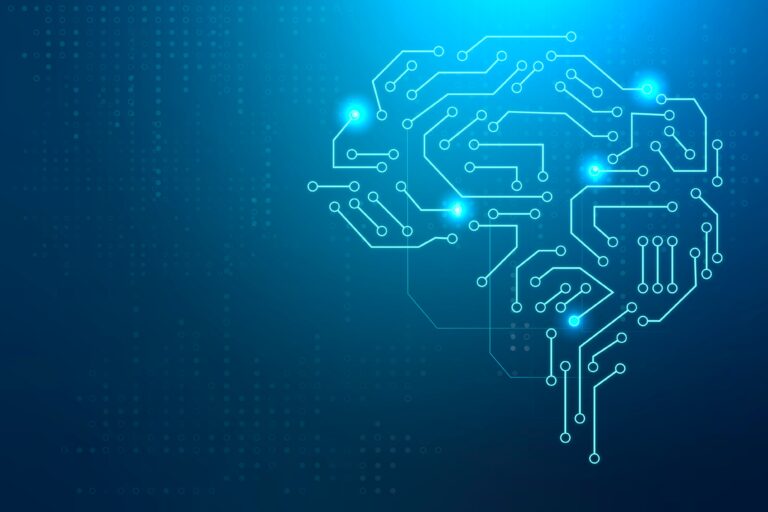
AI
Whether in medical technology, mechanical engineering or marketing, artificial intelligence, or AI for short, is being talked about more and more everywhere these days. But what is it exactly? And what is it good for?
Immerse yourself in our diverse world of knowledge and inspiration. In our glossary you will find all terms from the world of IT.

Whether in medical technology, mechanical engineering or marketing, artificial intelligence, or AI for short, is being talked about more and more everywhere these days. But what is it exactly? And what is it good for?
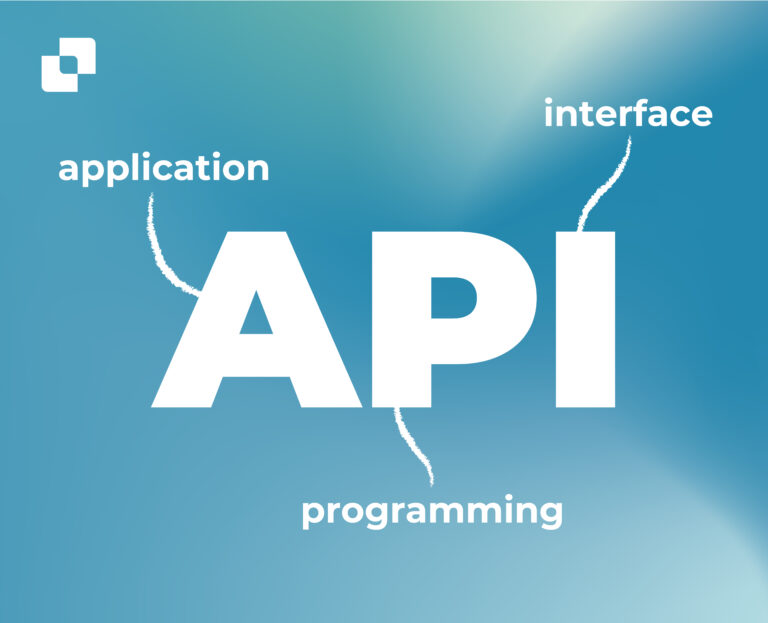
The abbreviation API stands for Application Programming Interface and refers to an interface that enables different software applications to communicate with each other and exchange data.

Big data is a powerful tool that helps companies and organisations to gain valuable insights from large and complex data sets. By understanding and applying the six Vs data scientists and analysts can better understand and utilise the important characteristics of big data.

In the digital world, bots have become an indispensable tool that supports businesses, developers, and even end-users. But what exactly is a bot, and how does it work? In this article, we take a look at bots, their different types, and how they are revolutionizing the way businesses and users operate.

BPMN (Business Process Model and Notation) is a standardized graphical notation for modelling business processes. It is used to visually represent processes and workflows within a company or organization.

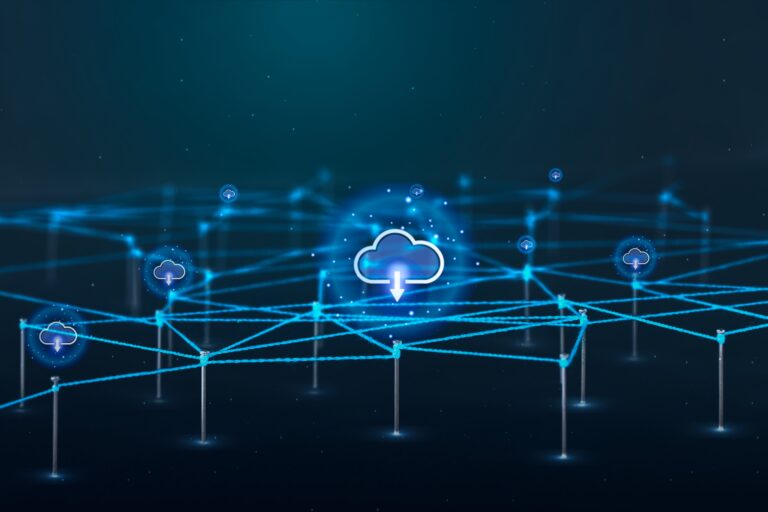
The term cloud (German: “Wolke”) is short for cloud compution and refers to an infrastructure for the provision of IT services and resources that are accessible via the internet.

Computerized Numerical Control, or CNC for short, refers to the computerized numerical control of machine tools (CNC machines).
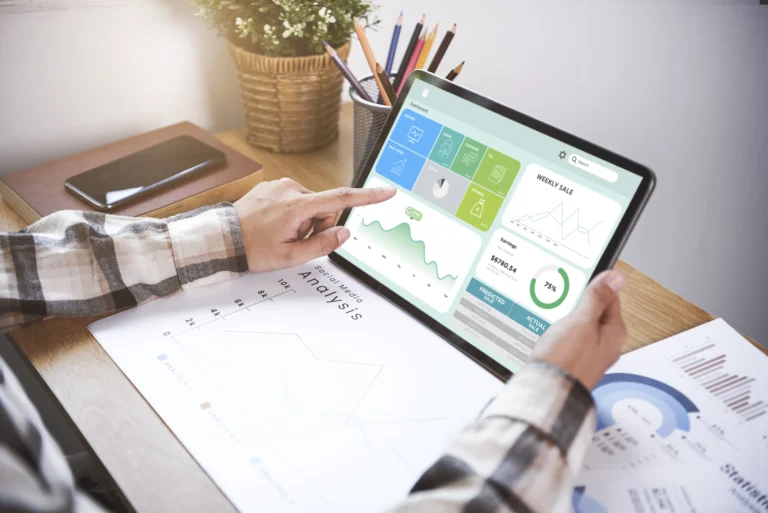
CPQ stands for Configure, Price, Quote. It is a software solution that was developed specifically for sales to automate the sales process.

A creditor in finance is also called a creditor who has a claim or a receivable. Any individual or legal entity, as well as any company that supplies goods or provides services, becomes a creditor.
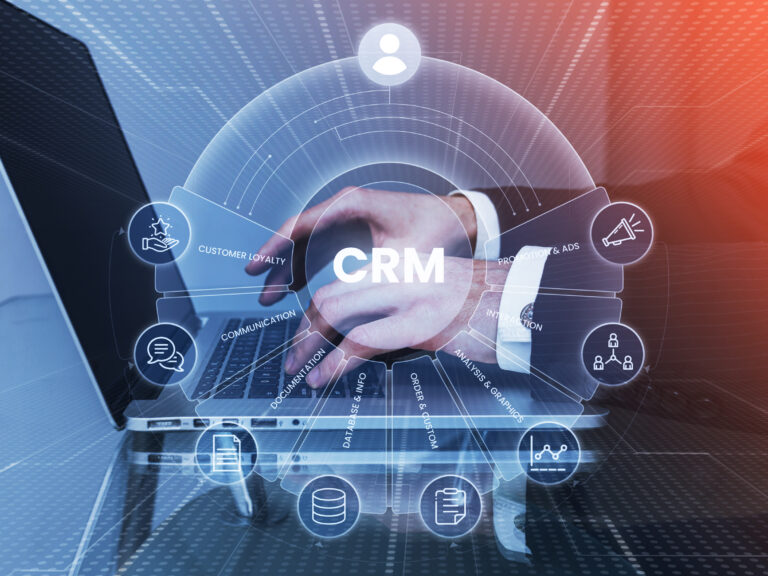
In today’s competitive business environment, effective management of customer relationships is critical.

The term debtor is derived from Latin and literally means “debtor”. Thus, debtor is another term for a debtor from delivery and/or services. In practice, it is often the customers of a company who buy goods on account or use services for which they have not yet paid. However, a company or a legal entity under public law can also be a debtor.

The abbreviation DMS stands for Document Management System. It is basically a system and software that is used to manage, store and track electronic documents and images.

A domain (from English domain, “area”, “domain”) is a coherent subarea of the hierarchical Domain Name System (DNS).

EDI stands for “Electronic Data Interchange”. It is the computer-based exchange of standardised business data between different companies.

An entrepreneur is a person who develops a business idea, founds a company and actively manages it. The term comes from the French and literally means “entrepreneur”.
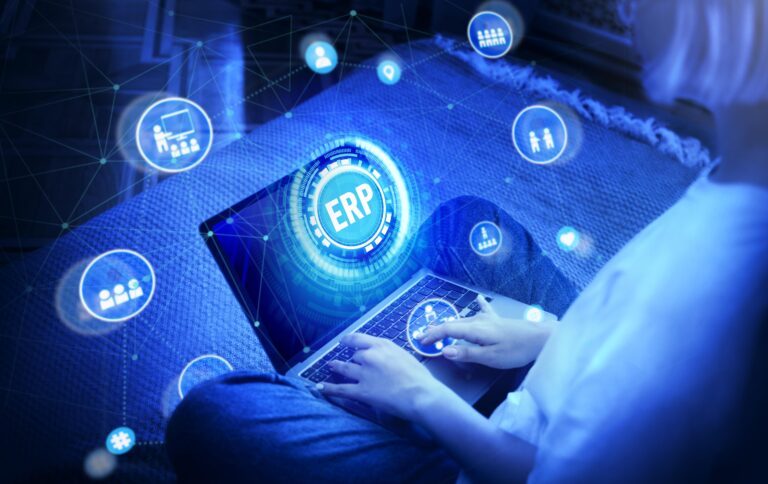
The abbreviation ERP stands for “Enterprise Resource Planning”. It refers to a software that supports companies in resource planning.
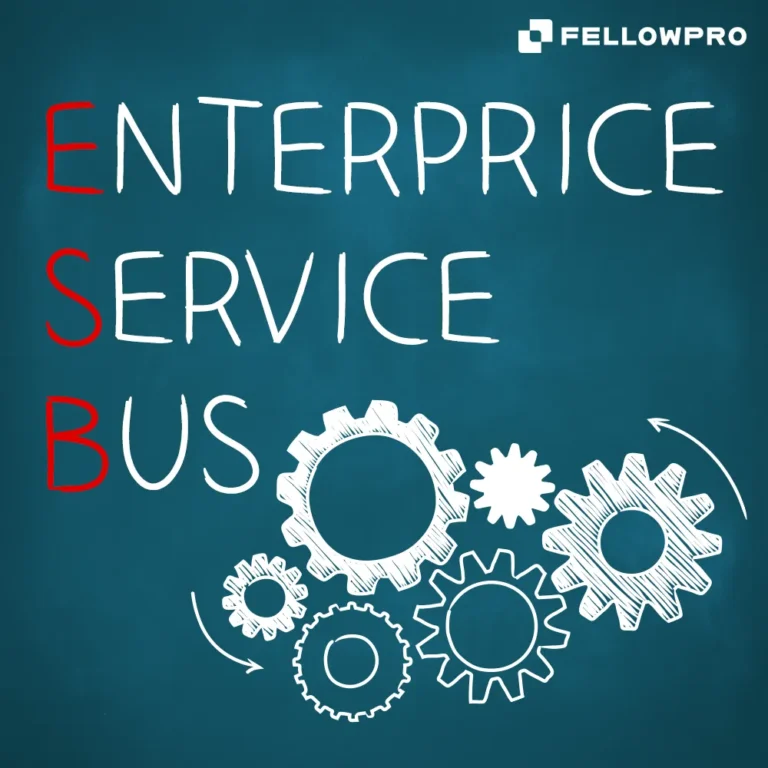
ESB stands for Enterprise Service Bus and refers to a software architecture model that facilitates the integration of different applications and systems in a corporate environment.

Fattura PA is a significant step towards digitalisation and increased efficiency in accounting for public administrations in Italy. The standardisation and automation of invoicing reduces the administrative burden, reduces the susceptibility to errors and increases transparency.

The General Data Protection Regulation (GDPR) is a regulation of the European Union. The GDPR is a standardization of data protection in Europe. I

The internet is based on communication between clients and servers that provide information. One of the most important technologies for this communication are the HTTP and HTTPS protocols.
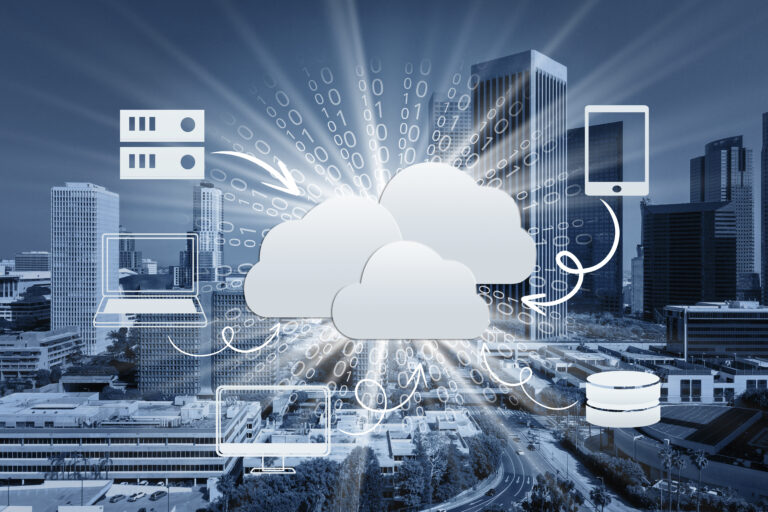
IaaS (Infrastructure as a Service) is a cloud computing model in which basic IT infrastructures such as computing power, storage space, network resources and virtual machines are provided via the internet.

Identity and Access Management (IAM) is a core component of modern IT security strategies.

IDP stands for Intelligent Document Processing. It is an advanced technology based on artificial intelligence (AI) and machine learning to automate and optimize document processing.
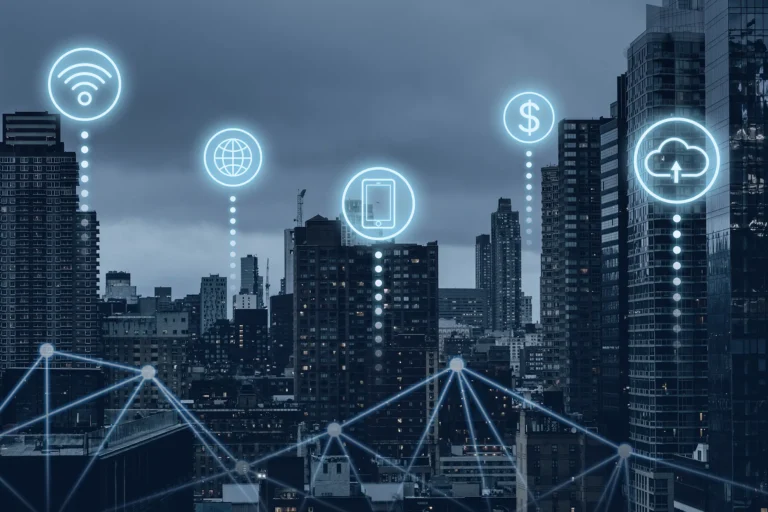
The Internet of Things(IoT for short) describes the networking of physical devices and objects via the internet so that they can communicate with each other and exchange data.

Kanban is a method that makes work visible and processes more efficient. It was originally developed by Toyota in Japan in the 1940s to optimize production.


Low-code describes a method or platform that allows applications or software solutions to be developed with a minimal amount of traditional, hand-written code.
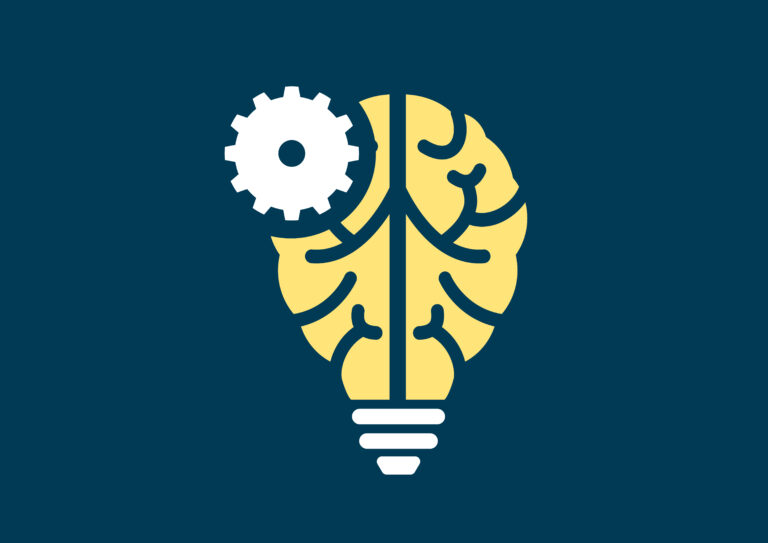
Machine learning (ML) is a forward-looking tool that helps companies to automate processes, make more accurate predictions and create personalised experiences.

MDE is an abbreviation for the term Machine Data Acquisition. Machine data refers to all the information that accumulates on an industrial machine.
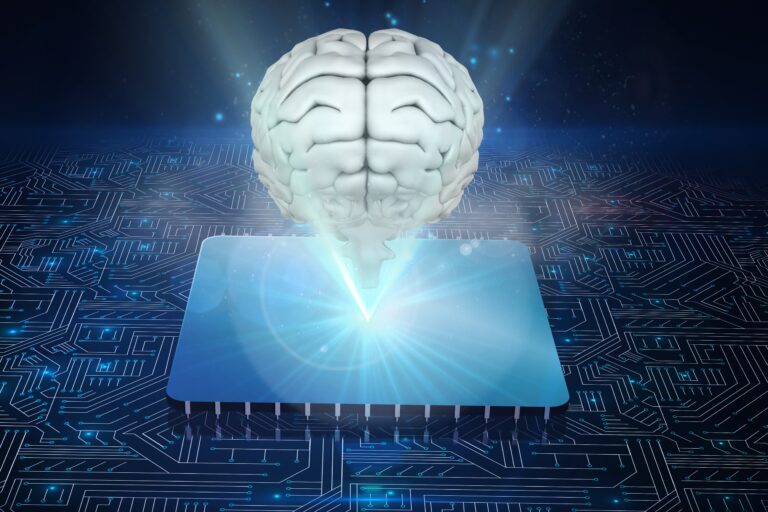
No-code describes a method or platform that can be used to create applications or software solutions without the need for programming skills.
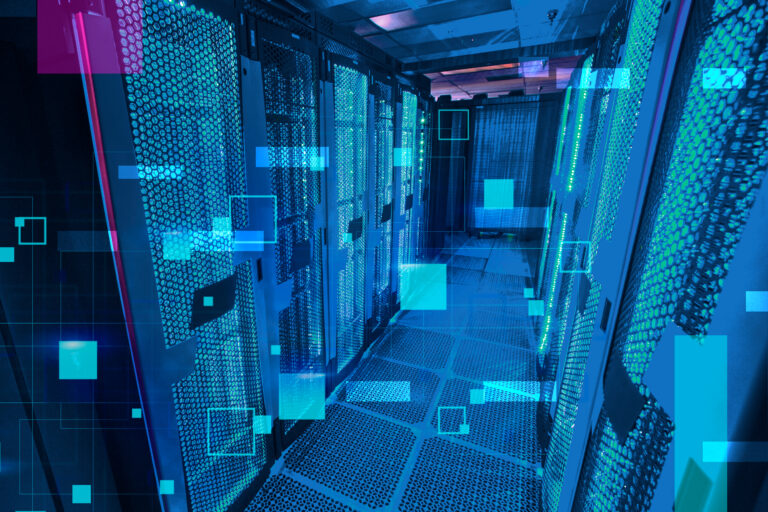
The term “on-premises” (also called “on-prem”) refers to an IT infrastructure that is operated locally on a company’s premises.

Optical Character Recognition (OCR) is a pioneering technology that makes manual text recognition obsolete and significantly increases efficiency in various industries.

Platform as a Service (PaaS) is a cloud computing model that provides a complete development and deployment environment in the cloud.

Production data acquisition, or PDC for short, refers to the systematic collection and processing of data for controlling and optimizing operational processes.

PEPPOL is a powerful tool that is revolutionising electronic business transactions. By standardising business documents, improving security and reducing operating costs, PEPPOL offers significant benefits for companies and public institutions.

A pitch is a summary of your story/business idea in a single sentence (max. In one paragraph) – also called a high-concept.

IDP What is “PPS”? PPS stands for Production Planning and Control System. This is a computer program/software tool designed to help companies plan, control and monitor production, as well as

Project Management is the process of planning, organizing, executing, and overseeing projects to ensure they are completed successfully, on time, and within budget.

Return on investment (ROI) is a key concept in the world of corporate finance. This indicator serves as a benchmark for the profitability of investments and plays a decisive role in strategic decisions made by companies.
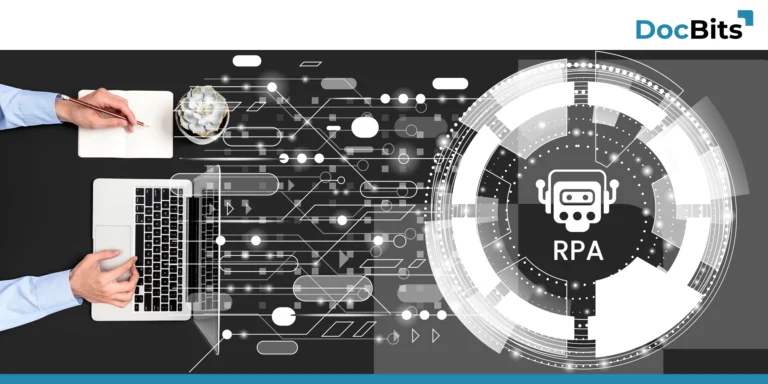
Robotic Process Automation (RPA) marks a milestone in the automation of business processes. RPA refers to the use of software robots or “bots” that automate repetitive tasks in business processes in order to increase efficiency and free up human resources for more value-adding activities.

SaaS (Software as a Service) is a cloud computing model in which software applications are provided via the Internet and hosted by a third-party provider.

SEO is an indispensable part of online marketing that helps to improve the visibility and findability of a website. Through targeted measures, companies can better reach their target group and grow sustainably.

Small Language Models (SLM) are compact, resource-saving variants of large language models such as GPT or BERT.

A smart home is a house or similar facility where appliances and devices can be controlled remotely from anywhere with an internet connection.

SQL (Structured Query Language) is a database language that is used to manage and query relational databases. With SQL, users can save, retrieve, change and delete data without the need for in-depth programming knowledge.

SSL (Secure Sockets Layer) and TLS (Transport Layer Security) are cryptographic protocols that enable secure and encrypted communication between two systems, e.g. between a web browser and a server. TLS is the further development of SSL and offers stronger security.

UI, short for user interface, refers to the user interface through which a person interacts with a digital product, such as a website, an app or software.

UX, short for user experience, refers to the entirety of the experience that a user has when interacting with a product, service or brand.

Validation Validation in data processing: importance and advantages Validation plays a critical role in data processing to ensure the quality, accuracy and reliability of data. In this glossary article, we’ll

XInvoice is a standard format for electronic invoices in Germany. It was developed to simplify and standardise the exchange of invoice data between companies and the public administration.
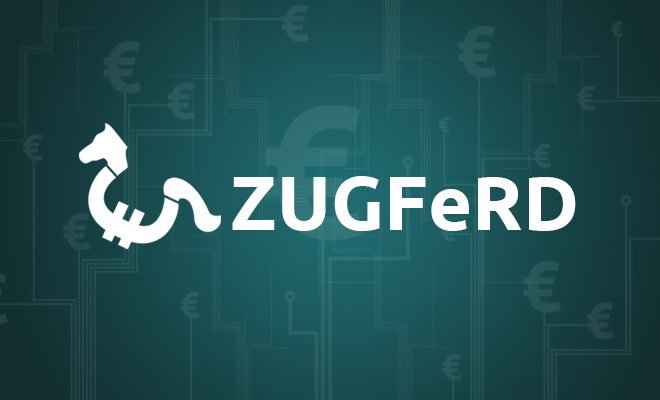
ZUGFeRD is a practical solution for electronic invoicing that combines both the structured data and the visual document in a single format. By using ZUGFeRD, companies can make their invoicing processes more efficient and less prone to errors.